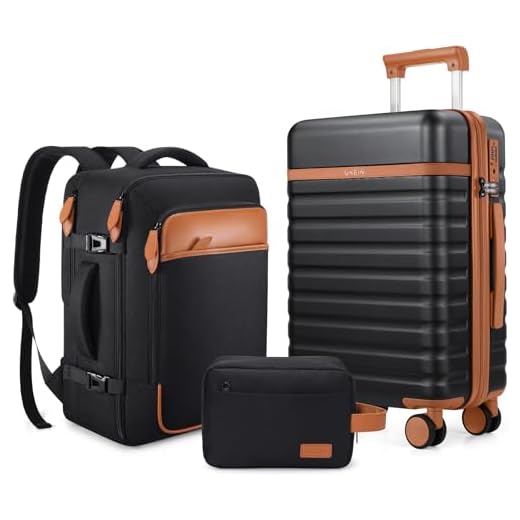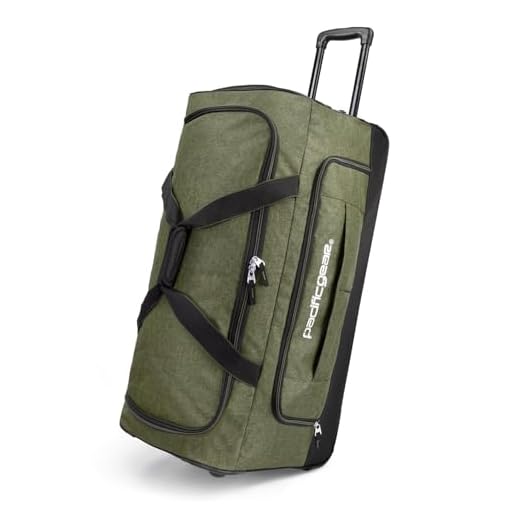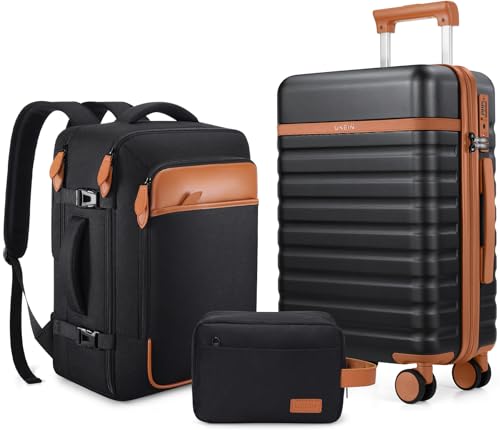



If your work requires travel, it’s possible to claim back expenses related to your travel gear. Properly keeping records and understanding what can be reimbursed is crucial. You need to establish that these costs are directly linked to your professional responsibilities.
Be aware that only specific types of costs may qualify. Generally, expenditures on equipment essential for conducting business may be allowable as a claim. This includes not just the purchase cost but also maintenance and repair costs if necessary for work purposes.
Consulting with a qualified advisor is wise to clarify the rules applicable to your situation. Always retain receipts and document your usage to substantiate any claims made. This proactive approach can facilitate a smoother process when filing for reimbursements.
Is Luggage Tax Deductible ATO
Yes, costs associated with travel essentials can be written off if they are directly linked to work-related activities. This includes fees for checked bags during business trips. It is essential to keep thorough records of all expenses incurred.
Consider the following factors to ensure eligibility:
- Travel must be primarily for business purposes.
- Document all relevant receipts and invoices.
- Include travel itineraries that substantiate the business nature of your trips.
- Expenses should not be subsidized or reimbursed by your employer.
To optimize claims:
- Review your travel policy to confirm specifications regarding reimbursable expenses.
- Utilize accounting software or apps to categorize and organize expenses efficiently.
- Consult with a financial professional for tailored advice on your unique situation.
By adhering to the guidance provided, you can maximize the potential of recuperating travel-related costs during tax submissions.
Understanding ATO Regulations on Travel Expenses
Travel expenses can be complex and must adhere to specific ATO guidelines to ensure compliance when claiming allowances. Here are key aspects to consider:
- Business Purpose: Expenses incurred should have a clear connection to work-related activities. Documentation proving the business nature of the trip is essential.
- Entertainment Costs: If travel involved entertainment, only a portion may be claimable. Meals and events have strict criteria, requiring explicit records of business relevance.
- Breakdown of Costs: Maintain detailed logs that itemize expenses. This includes receipts for accommodation, meals, transportation, and other relevant charges.
- Travel Duration: The length of the trip matters. Short trips may have different rules than longer ones, particularly in defining which expenses are appropriate for claims.
- Travel Companions: If traveling with non-business associates, clarify which portions can be claimed. Only expenses related to business partners or employees are eligible.
- Limits on Claims: Be aware of any caps on specific types of expenses. Different standards apply depending on the nature of the trip and expenses claimed.
Thorough understanding of ATO regulations helps ensure claims are legitimate and reduces the risk of audit or penalties. Always verify current guidelines directly from ATO resources or a tax professional.
Criteria for Deductibility of Luggage Costs
To qualify for reimbursement of expenses related to baggage, certain criteria must be met. Firstly, expenses must be incurred as part of business-related travel. Personal trips or leisure-related journeys do not satisfy this condition. Secondly, documentation is vital; receipts and evidence of the expenditure are essential to substantiate claims.
Additionally, expenses should be necessary and directly linked to the business activity. For example, if the items transported are vital for client meetings or presentations, they are more likely to be accepted. Conversely, items considered personal, such as clothing or personal effects, typically won’t qualify.
Another key element is reasonableness; the amount claimed must reflect the standard market rates. Excessive claims compared to industry norms may raise scrutiny and lead to denial of those claims. If traveling with equipment or materials, it’s advisable to categorize these under relevant business expenses to facilitate easier approval.
It is crucial to be aware of the specific regulations applicable in your jurisdiction. Different rules may govern what constitutes acceptable business-related expenses, and it’s prudent to consult tax guidance or a professional advisor for clarity.
| Criteria | Details |
|---|---|
| Business Purpose | Must relate directly to business activities. |
| Documentation | Receipts and evidence of cost must be provided. |
| Necessity | Costs should be essential for the business conducted. |
| Reasonableness | Amounts claimed should align with standard market rates. |
| Local Regulations | Must comply with jurisdiction-specific rules. |
Types of Luggage Expenses Eligible for Deductions
Expenses related to personal carriers may qualify for reimbursement if they are incurred for business purposes. Costs can include a wide array of items such as initial purchases, repairs, and maintenance. Specific expenses include:
1. Purchase of Travel Gear: If new bags or cases are acquired specifically for work-related trips, these purchases can potentially be claimed. Ensure proper documentation is maintained.
2. Repair and Maintenance Costs: Any expenses related to fixing or upkeep of your travel carriers may be regarded as allowable, provided they are linked to business travel.
3. Storage Expenses: If you need to store your carriers temporarily while engaged in business activities, those costs may also qualify for eligibility.
4. Shipping and Handling: Should you need to ship your travel gear to a work location, those shipping fees can be claimed.
5. Rental Fees: If renting travel gear is necessary for business duties, those rental fees may be reimbursable.
Maintain meticulous records of your expenses. Proper documentation is essential to substantiate any claims for reimbursements during reimbursement assessments or audits.
Documenting Luggage Purchases for Tax Claims
Maintain thorough records of all purchases related to your travel gear. Keep receipts, showing the date, vendor, and amount spent, as these documents serve as proof for your claims. Digital copies are acceptable, so consider scanning or taking photos of physical receipts.
Organizing Your Documentation
Create a dedicated folder for all relevant documents. Categorize items by trip or year to streamline retrieval when needed. Add notes about the purpose of travel to link your expenditures directly to your professional needs.
Additional Proof of Use
Besides receipts, document your work-related travel with itineraries, travel logs, or emails that indicate the necessity of your gear for specific business purposes. This additional evidence strengthens your case for any claims filed.
For further insights into managing your business presence online, refer to this resource: how can a google my business location can be verified.
Common Misconceptions About Luggage Tax Deductions
Many assume that the entire cost of bags can be claimed without scrutiny. In reality, only specific expenses associated with professional travel are eligible. If the trip is not directly related to work, reimbursement for these purchases is unlikely.
Another frequent error is believing that all types of bags qualify for write-offs. Only items essential for business reasons, such as a best luggage with lots of storage, are considered. Personal items do not meet the criteria.
People often overlook the need for proper receipts; vague proof of purchase might be rejected during an audit. It’s crucial to maintain accurate records of transactions to support claims.
Additionally, travelers frequently think that accessories, like travel umbrellas, can be expensed. However, only main items affecting work-related travel are typically accepted. For instance, while the best compact umbrella for Disney serves a purpose, claiming it depends on demonstrating a clear professional connection for the trip.
Lastly, misunderstanding the implications of usage can cause confusion. If a bag is used for both personal and business purposes, only the portion attributable to work can be claimed, often requiring careful calculation.
Steps to Claim Luggage Deductions on Your Tax Return
To successfully claim deductions for travel-related purchases, follow these specific steps:
1. Gather Necessary Documentation
Collect receipts and invoices for all relevant acquisitions. Ensure that these documents include the date, amount, and nature of the purchase. Digital copies are acceptable but must be clear and legible.
2. Determine Eligibility
Assess whether the expenditures are directly related to your work duties. For employees, consider if the items were essential for carrying out specific job functions. Self-employed individuals should ensure that these purchases are ordinary and necessary for business operations.
3. Complete Required Forms
Fill out the appropriate tax forms relevant to reporting these expenses. Depending on your employment status, this may include specific sections for self-employed individuals or forms catered to employees claiming expenses.
4. Maintain Accurate Records
Keep a detailed log of your business travel, indicating the purpose of each trip and associated costs. This overview helps substantiate your claims when filing.
5. Consult with a Tax Professional
If uncertain about any steps or eligibility, seek guidance from a tax expert. They can provide clarification on specifics and ensure compliance with local regulations.
Following these steps can streamline the process of claiming travel-related expense rebates and enhance the likelihood of a successful claim.







